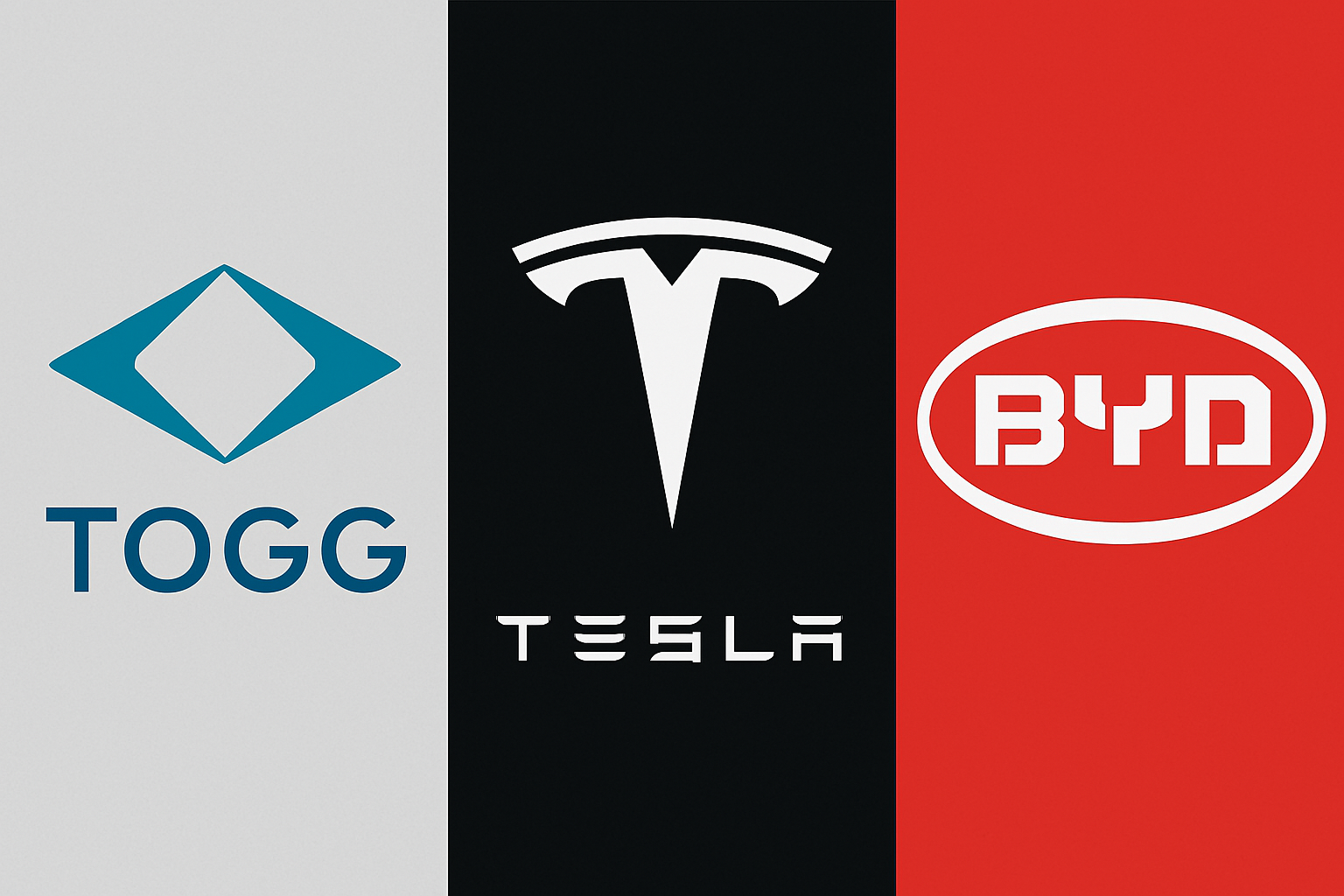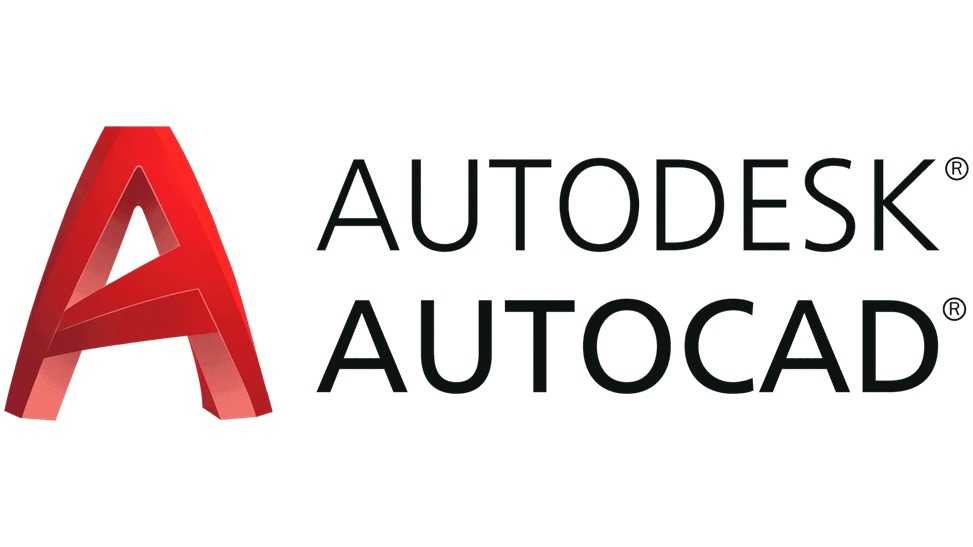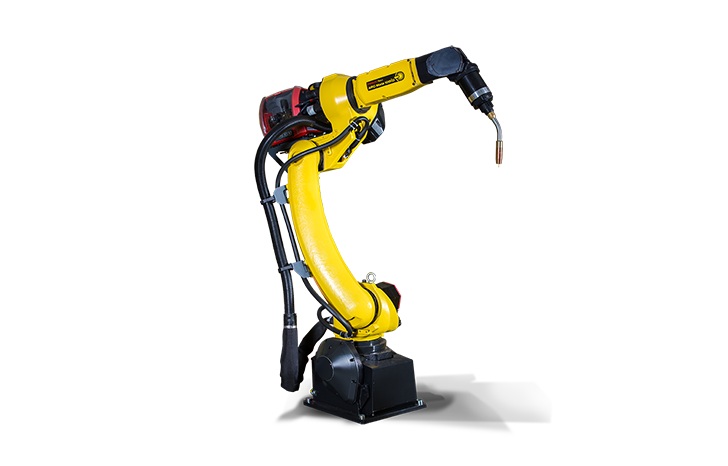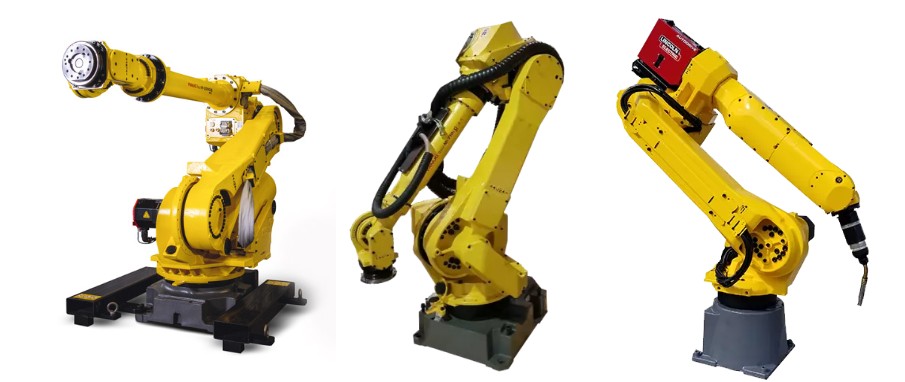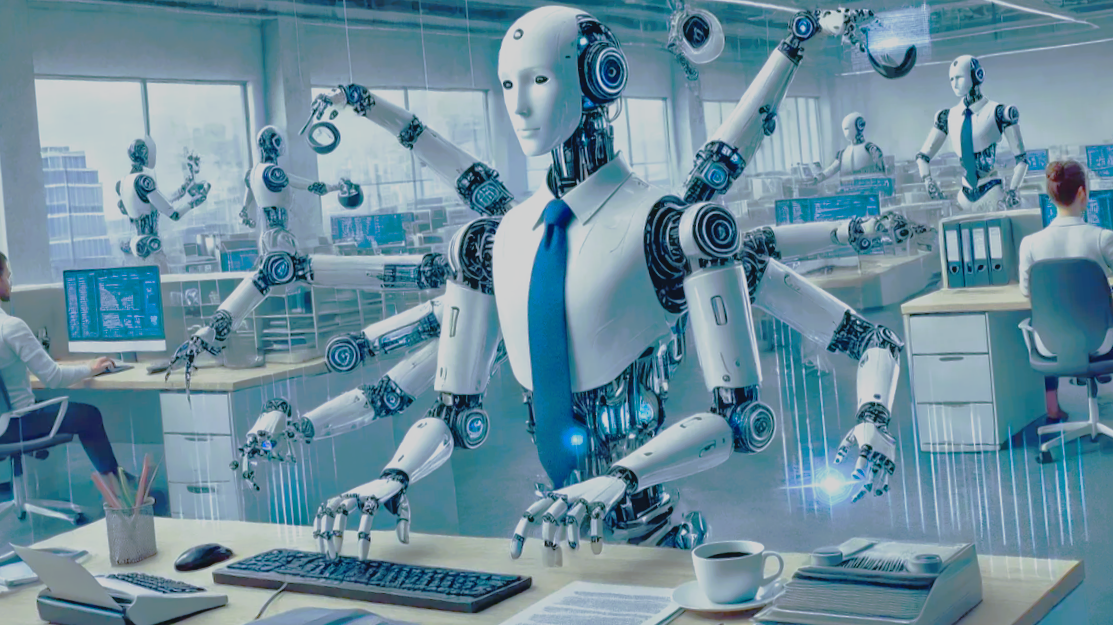
The evolution of design software is fundamentally transforming how engineers work. Technologies such as Artificial Intelligence (AI), Augmented Reality (AR), and Virtual Reality (VR) are accelerating design processes while enhancing efficiency. Here are the groundbreaking innovations reshaping the engineering landscape:
AI-Powered Design and CAD
In recent years, AI has played a crucial role in revolutionizing CAD technology. By simplifying complex tasks, AI enables engineers to work more creatively and efficiently.
- Suggests Design Alternatives: AI provides the most optimal design solutions based on predefined parameters.
- Reduces Errors: AI-driven analysis minimizes production errors, ensuring higher accuracy.
- Promotes Innovation: AI analyzes past design data, helping engineers make more informed and effective decisions.
Automated Design Processes
AI automates repetitive and time-consuming tasks, allowing engineers to focus on more innovative work.
- Saves Time: AI takes over recurring drawing and calculation tasks.
- Accelerates Prototyping: New ideas can be materialized in a shorter time frame.
- Reduces Manual Work: Engineers can concentrate more on strategic and creative processes.
Generative Design: The Future of Engineering
Supported by AI and machine learning, generative design helps engineers develop the best solutions based on predefined criteria.
- Optimization: Material usage is reduced, leading to more sustainable designs.
- Rapid Solutions: Design processes that previously took weeks can now be completed in minutes.
- Comprehensive Analysis: Multiple design alternatives can be evaluated swiftly.
Cloud-Based Design and Collaboration
Cloud technologies make design processes more accessible and collaboration-friendly.
- Real-Time Collaboration: Engineers from different locations can work on the same project simultaneously.
- Centralized Data Storage: All design data is securely stored in the cloud.
- Minimal Delays: Project updates and modifications are applied instantly.
Interactive Design with AR and VR
AR and VR enable engineers to visualize and test their designs more effectively.
- Realistic Prototypes: Virtual testing reduces the need for physical prototypes.
- Advanced Visualization: Products can be thoroughly analyzed before production.
- Efficient Error Detection: Design flaws are identified early, streamlining the revision process.
Advancements in Simulation and Testing
Advanced simulation tools allow engineers to analyze product performance without the need for physical tests.
- Real-World Testing: Durability, efficiency, and safety factors are assessed beforehand, reducing costs.
- Early Error Detection: Potential issues are identified before mass production.
- Optimized Design Process: Product development time is reduced, enabling faster market entry.
Personalized Product Design
AI and 3D printing technologies are making customized manufacturing more accessible.
- Customizable Products: Designs can be tailored to meet consumer needs.
- Efficient Manufacturing: Generative design techniques lower costs while improving efficiency.
- Enhanced Customer Satisfaction: Products that cater to individual preferences boost user experience.
Conclusion
Smart design tools are revolutionizing engineering by integrating AI, AR, VR, and cloud-based technologies. These advancements are enhancing speed, efficiency, and innovation in design processes. As these technologies progress, engineering workflows will continue to evolve, paving the way for groundbreaking transformations.

